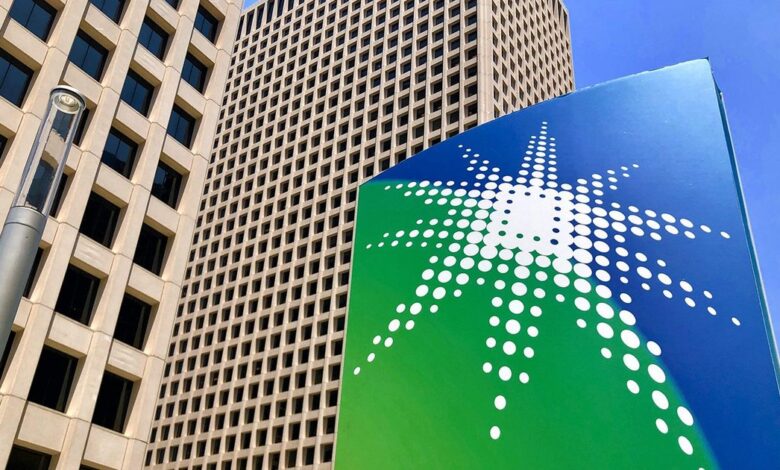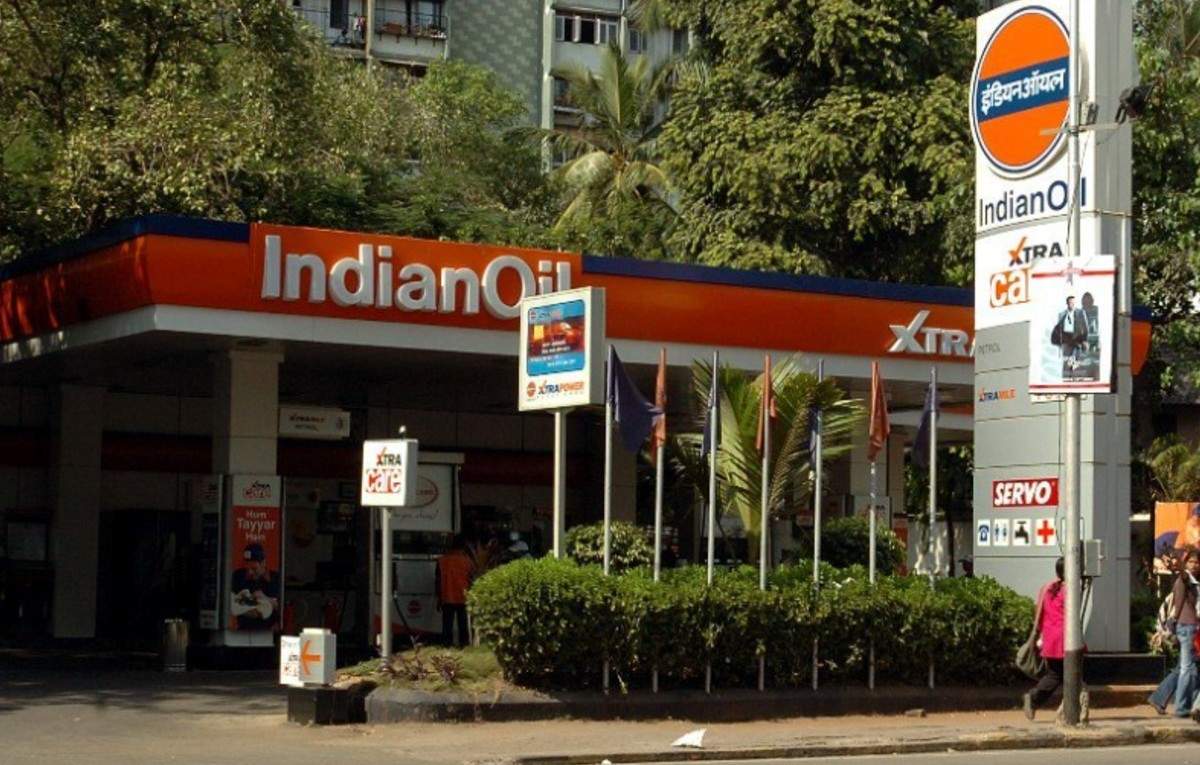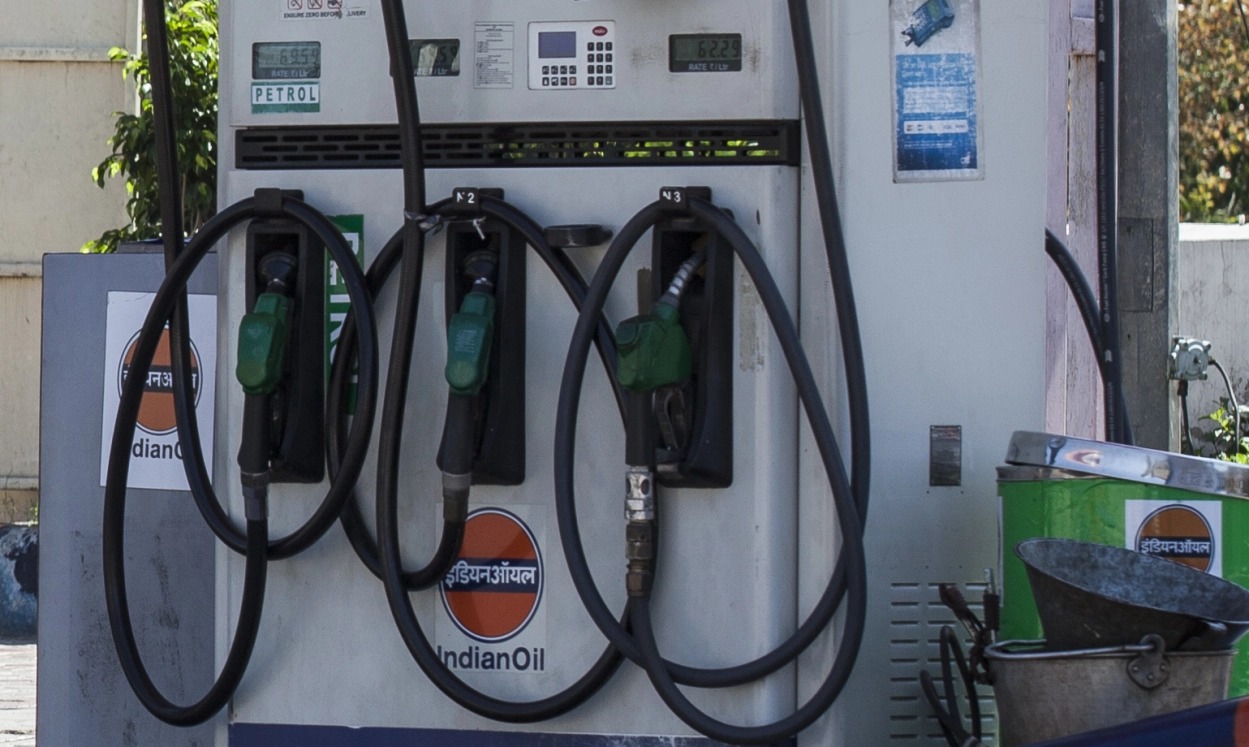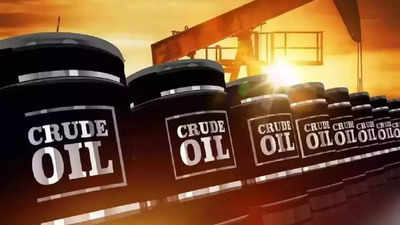Saudi Aramco Engages with Indian Firms Exploring Investments; Diesel Losses And Petrol Profits Fluctuate In Oil Industry Back Home
The state oil giant of Saudi Arabia, Saudi Aramco, is actively engaging in investment discussions with companies in India. Faisal Faqeer, Senior Vice President at Saudi Aramco, hinted at potential investment announcements during his remarks at the India Energy Week in Goa. This signifies Saudi Aramco's interest in expanding its presence in India's energy sector, with a focus on refining and petrochemicals. Meanwhile, back home, industry officials have revealed that state-owned fuel retailers are encountering significant challenges, with losses nearing Rs 3 per liter on diesel and reduced profits from petrol sales due to recent upticks in international oil prices. Major players such as IOC, BPCL, and HPCL have maintained stable retail prices for nearly two years despite these hurdles. The decision, however, has led to concerns about sustainability amidst fluctuating market conditions and past financial losses.

Saudi Aramco is engaged in investment discussions with Indian firms, expressing optimism about potential announcements in the near future.
Faisal Faqeer, Senior Vice President overseeing liquids to chemicals development in the downstream sector at Saudi Aramco, shared these insights at the India Energy Week in Goa, refraining from providing specific details regarding their intentions.
As the largest crude oil exporter globally and a prominent member of OPEC, Saudi Aramco has been amplifying its investments in refining and petrochemicals across Asia.
The strategic move aims to cultivate new markets for its crude oil, with a particular focus on the growing chemicals sector, which is integral to its downstream expansion strategy.

Notably, in 2018, Saudi Aramco, alongside Dhabi National Oil Company (ADNOC), collaborated with a consortium of Indian state-owned enterprises to establish a coastal refinery and petrochemical complex with a capacity of 1.2 million barrels per day (bpd) in western Maharashtra.
However, this initiative encountered hurdles related to land acquisition.
Despite currently producing around 9 million bpd, well below its existing capacity of approximately 12 million bpd, Saudi Arabia adhered to production cuts as part of an agreement with OPEC and its allied nations last year.
Moreover, it was previously reported that India, the world’s third-largest oil importer and consumer, sought Saudi Aramco’s involvement in its strategic petroleum reserve (SPR) program as a means to fortify its relationship with its primary oil supplier.

Indian Oil Companies Struggle
Meanwhile, in India, oil companies are experiencing significant challenges, with state-owned fuel retailers reportedly facing losses of nearly Rs 3 per liter on diesel, while recent increases in international oil prices have impacted profits from petrol sales, according to industry officials.
Despite these difficulties, major players such as Indian Oil Corporation (IOC), Bharat Petroleum Corporation Ltd (BPCL), and Hindustan Petroleum Corporation Ltd (HPCL), which collectively control approximately 90% of India’s fuel market, have refrained from adjusting retail prices for petrol, diesel, and cooking gas (LPG) for nearly two years.
The decision has led to losses during periods of higher input costs and reduced profits when raw material prices were lower.
The benchmarking of domestic fuel rates against international oil prices, owing to India’s substantial dependence on imports to fulfil its oil requirements, has witnessed fluctuations.
Although global oil prices softened towards the end of the previous year, they rebounded in the latter half of January, prompting fuel retailers to maintain their cautious approach.
Despite calls for a return to daily price revisions to reflect the fluctuations in rates, fuel companies have cited the extreme volatility of prices as a reason for their reluctance, emphasizing the need to recoup past losses.
Accentuating the current scenario, an industry official noted the losses incurred on diesel, which had briefly turned positive but are now estimated to be close to Rs 3 per liter.

Similarly, the profit margin on petrol has dwindled from low double digits to approximately Rs 3-4 per liter.
In response to queries regarding fuel price adjustments, Oil Minister Hardeep Singh Puri reiterated that the government does not dictate prices, emphasizing that decisions are made by oil companies based on comprehensive economic considerations.
He acknowledged the prevailing market volatility and expressed expectations for a potential reassessment of prices if the trend persists in the final quarter of the fiscal year ending March 31.
Addressing concerns about the substantial profits of Rs 69,000 crore reported by the three major fuel retailers in the first nine months of the fiscal year, Minister Puri suggested that a revision of prices may be considered if the positive trend continues.
He pointed out the challenges faced by these companies when they chose not to raise prices voluntarily despite increases in oil prices, highlighting the complexities of the current market dynamics.
The combined net profit of Indian Oil Corporation (IOC), Bharat Petroleum Corporation Ltd (BPCL), and Hindustan Petroleum Corporation Ltd (HPCL) during the April-December period of the current fiscal year exceeded their annual earnings of Rs 39,356 crore in a pre-oil crisis year, as per regulatory filings.
Despite incurring a combined net loss of Rs 21,201.18 crore during the April-September 2022 period, the firms managed to mitigate losses with the announcement of a Rs 22,000 crore LPG subsidy, not yet disbursed, for the previous two years.
The subsequent easing of international oil prices and government disbursement of LPG subsidies enabled IOC and BPCL to achieve annualized profits for the fiscal year 2022-23, while HPCL remained in the red.

However, this fiscal year witnessed significant changes.
The three companies recorded record quarterly profits in the initial two quarters (April-June and July-September), coinciding with a nearly 50% decrease in international oil prices to USD 72 per barrel compared to the previous year.
Thereupon, international prices surged to USD 90 per barrel in the following quarter, leading to a moderation in their earnings. Nonetheless, they reported substantial profits for the entire year.
The fuel price freeze initiated on April 6, 2022, resulted in substantial losses, reaching Rs 17.4 per liter on petrol and Rs 27.7 per liter on diesel for the week ending June 24, 2022.
However, subsequent softening of prices helped in eliminating these losses. Last month, the three firms maintained a margin of Rs 11 per liter on petrol and Rs 6 on diesel.

How To Handle Volatility
The volatility in international oil prices over the past couple of years has been notable, with prices plummeting into negative territory at the onset of the pandemic in 2020 and fluctuating wildly in 2022.
The escalation of prices to nearly USD 140 per barrel in March 2022 following Russia’s invasion of Ukraine, before declining due to weaker demand from major importer China and concerns about economic contraction, exacerbated inflationary pressures for a nation that relies on imports for 85% of its oil needs, hindering economic recovery from the pandemic.
In response to these challenges, the three fuel retailers implemented the longest price freeze in the past two decades, discontinuing daily price revisions in early November 2021 when rates reached historic highs nationwide.
The decision was prompted by the government’s rollback of a portion of the excise duty hike imposed during the pandemic to capitalize on lower oil prices.
Despite a subsequent increase of Rs 10 per liter in petrol and diesel prices from mid-March 2022 due to the spike in international oil prices driven by geopolitical tensions, another round of excise duty cuts reversed the previous Rs 13 and Rs 16 per liter tax hikes imposed during the pandemic.
Thus, the ongoing price freeze initiated on April 6, 2022, remains in effect to date.



